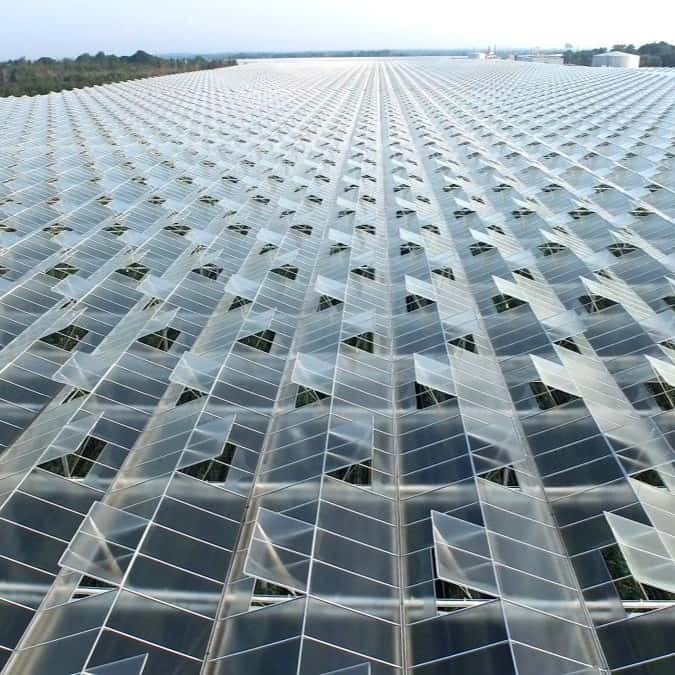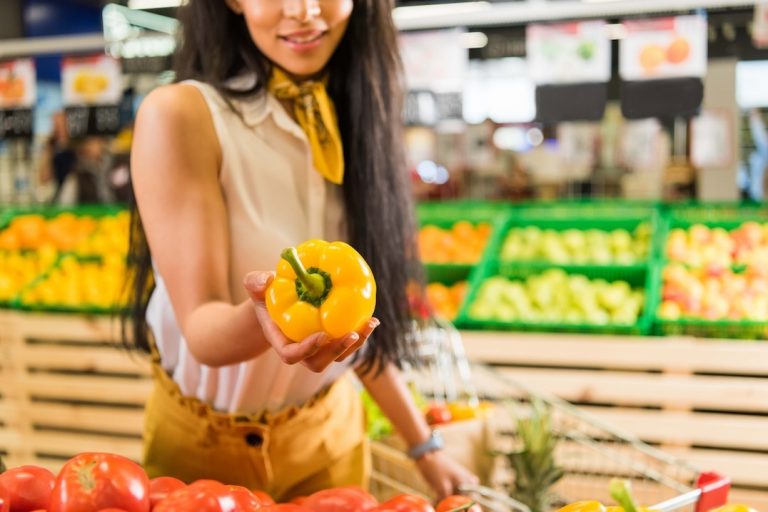Precision Greenhouse growing is transforming how food is produced, distributed, and consumed—offering a powerful solution to the global issue of food waste. By tightly controlling variables like temperature, humidity, light, pollination, and nutrient delivery, precision growing methods allow growers to produce higher-quality crops with fewer losses throughout the growing cycle. In a world where nearly one-third of all food produced is lost or wasted—amounting to about 1.3 billion tonnes each year—Greenhouse innovation presents a meaningful shift toward sustainability, food security, and economic efficiency.
When crops are cultivated in a tightly monitored environment, the risk of disease or damage is minimized. This results in more uniform produce, reduced waste at the source, and less need for chemical pesticides, which further contributes to cleaner, safer produce. This is something to feel good about.
Advanced sensor technologies and data analytics play a critical role in this shift. Growers can now monitor plant health in real time, catching potential issues before they become full-blown problems. For example, if a tomato crop shows early signs of a nutrient deficiency, automated systems can correct the imbalance instantly. This level of control significantly reduces crop loss, which traditionally might not be discovered until harvest, when it’s too late to intervene.
But precision growing’s impact on food waste extends beyond the Greenhouse. When growers have better control over supply forecasting, they can more accurately meet demand without overproducing. This means you can shop your favorite flavorful Greenhouse grown peppers, cucumbers and tomatoes all season. Overproduction is a major contributor to post-harvest waste, especially in fresh produce where shelf life is short. Greenhouses equipped with predictive modeling tools can align output with retailer needs, meaning fewer unsold vegetables ending up in compost or landfills.
Moreover, Greenhouse grown crops are picked at their peak, enhancing both flavor and longevity. Because these crops can be grown in every season, transportation times are reduced, decreasing the likelihood of spoilage during shipping. After they are picked they are packaged and shipped within 24 hours. Greenhouse growing shortens supply chains dramatically, meaning produce reaches consumers faster and fresher—further reducing the chance of waste at the retail and household levels. You can enjoy reliable and nutritious veggies for flavorful seasonal meals.
Precision growing also allows for consistent output regardless of season. This mitigates the need for storing perishable products in large refrigerated warehouses, a process that often results in spoilage due to mechanical failure or poor inventory management. By growing only what’s needed when it’s needed, Greenhouses reduce the demand for long-term storage and decrease inventory waste.
Another overlooked but important component of waste reduction in Greenhouse systems is the reuse of water and nutrients. Hydroponic systems, common in precision Greenhouse operations, recirculate water and fertilizers, reducing the volume of waste runoff. Greenhouses use 100% closed-loop drip irrigation systems for water conservation. In traditional soil-based agriculture, runoff can contribute to soil degradation and water pollution—issues that not only waste resources but also indirectly increase waste in the food system due to environmental harm. To maintain the right temperature, Greenhouses often rely on special boiler systems. They capture and filter the CO2 released, which is then used as a natural fertilizer to nourish the growing plants. This process is known as CO2 recaptured and reintroduced. This means consistent quality vegetables that you can feel good about.
In the context of food waste legislation and sustainability goals, Greenhouses are gaining interest from both governments and corporations. Greenhouse growing, particularly when enhanced with machine learning for better crop prediction and management, is emerging as a cornerstone strategy for reducing food waste.
From a consumer standpoint, precision Greenhouse growing also supports better food labeling and inventory tracking. QR codes and smart packaging can now tell buyers not only the origin of their produce but also the exact time it was harvested and its estimated shelf life. This helps households make smarter choices, reducing the amount of food discarded simply due to confusion about freshness, because Greenhouse grown vegetables are always fresh and full of flavor.
In essence, every stage of the growing and distribution cycle stands to benefit from the waste-reducing efficiencies of Greenhouse production. As the climate continues to change and land becomes scarcer, these high-efficiency systems offer a scalable, sustainable answer to feeding the world while cutting food waste at every turn.




